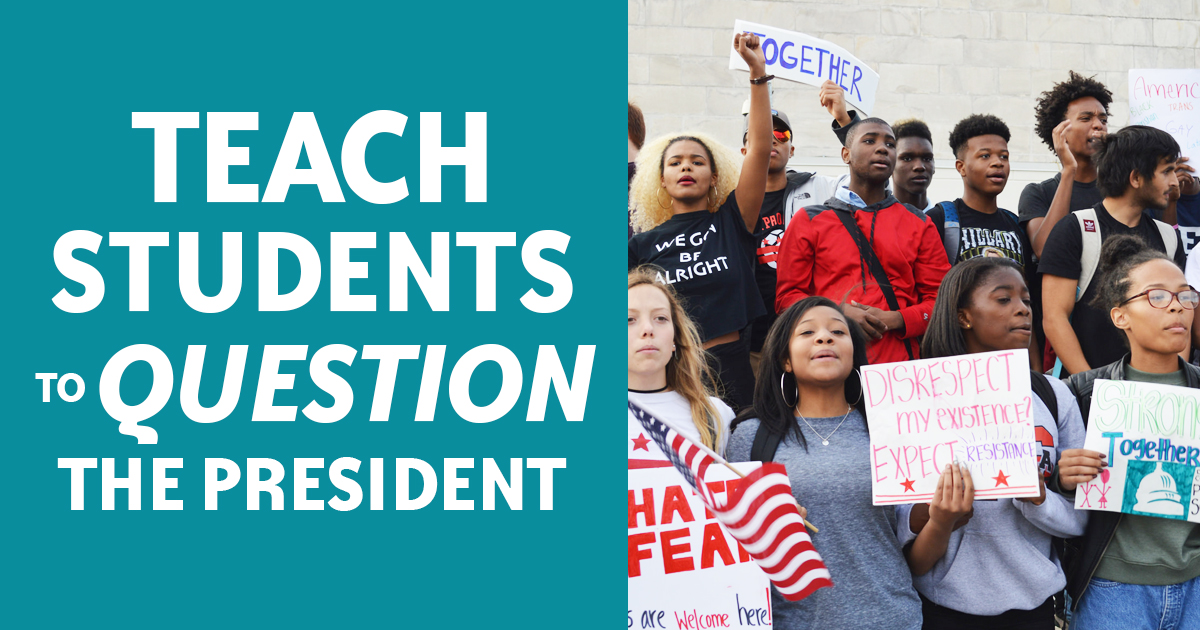
The United States has been at its best when people organized to question and challenge presidents for their support of slavery, war, invasion, segregation, and injustice of all kinds.
One form of resistance to U.S. presidents has been the vote. But the right to vote, since the founding, has been limited by those in power. Students can learn about the long struggle for universal suffrage in the United States.
Here are a few of the many resources available at the Zinn Education Project to teach students to think critically about the history of presidents and teach the struggle to have a vote in deciding who holds that office.
 |
Who Gets to Vote? Teaching About the Struggle for Voting Rights in the United StatesThree Lessons by Ursula Wolfe-Rocca Who votes for president? Who votes at all? This three-lesson unit teaches students the essential historical context for the contemporary struggle against voter suppression and for voting rights in the United States. |
|
|
Teaching the Vietnam War: Beyond the HeadlinesLessons by Bill Bigelow, Sylvia McGauley, Tom McKenna, Hyung Nam, and Julie Treick O’Neill In the words of Daniel Ellsberg, the Vietnam War era was “Twenty years of crime under four Presidents.” In a collection of eight lessons about that time, students learn about the roles of presidents, generals, journalists, whistleblowers, and grassroots activists. Plus: Find out how to receive 10 free copies of The New Whistleblower’s Handbook after teaching with any lesson from this unit. |
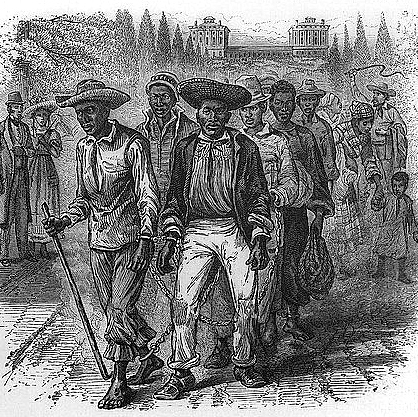 |
Missing from Presidents Day: The People They EnslavedArticle by Clarence Lusane U.S. schools are adorned with posters of presidents and the years they served in office. Textbooks describe the accomplishments and challenges of the major presidential administrations. Children’s books put students on a first-name basis with the presidents. Nowhere in all this information is there any mention of the fact that more than one in four U.S. presidents were involved in human trafficking and slavery. |
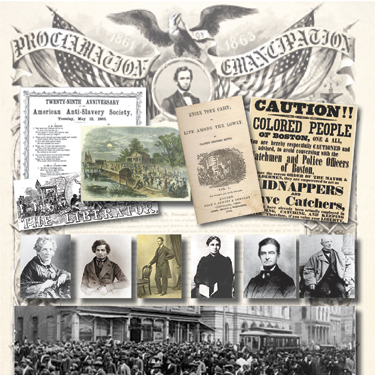 |
Rethinkin’ LincolnArticle by Bill Bigelow Students need to rethink the Great Emancipator myth by examining Abraham Lincoln’s first inaugural address, the Emancipation Proclamation, his timid approach to ending slavery, and, by contrast, the heroism of the enslaved people themselves, and the abolitionists who sought their freedom. |
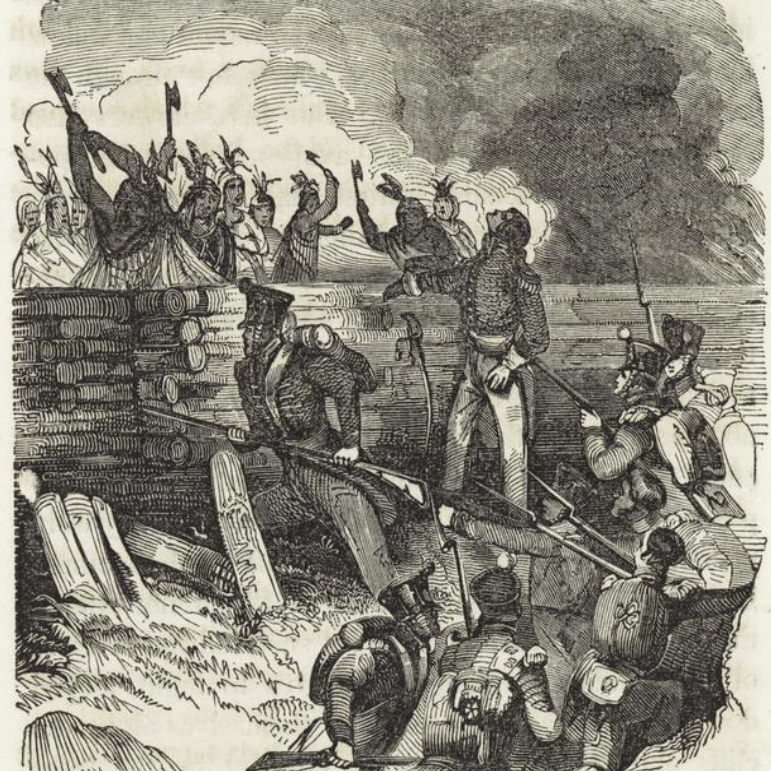 |
Andrew Jackson RevisitedReading by Howard Zinn What does it tell us about the Trump administration that Andrew Jackson’s portrait hangs prominently in the Oval Office? As Howard Zinn explained, “Jackson was a land speculator, merchant, slave trader, and the most aggressive enemy of the Indians in early American history.” |
PBS NewsHour “Why we shouldn’t forget that U.S. presidents owned slaves” Poem by Clint Smith III | Feb. 02, 2017
“When you sing that this country was founded on freedom, don’t forget the duet of shackles dragging against the ground my entire life.” This is how poet Clint Smith III begins his letter to past presidents who enslaved people. In honor of Black History Month, Smith offers his Brief But Spectacular take on the history of racial inequality in the United States.
The Land That Never Has Been Yet
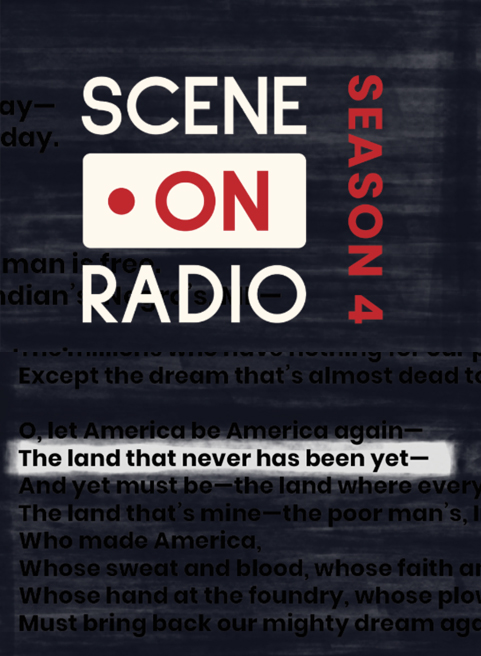 [Andrew Jackson] claims to be for the little people, for the ordinary man, let’s say, but really represents a kind of an aggrieved whiteness that is demanding the protection of white men’s ability to use violence to get what they want. This particular political archetype, you know, really resonates repeatedly throughout U.S. history.
[Andrew Jackson] claims to be for the little people, for the ordinary man, let’s say, but really represents a kind of an aggrieved whiteness that is demanding the protection of white men’s ability to use violence to get what they want. This particular political archetype, you know, really resonates repeatedly throughout U.S. history.
This excerpt from Episode 3 of the podcast, The Land That Never Has Been Yet, is just one of many that challenge the traditional narrative about U.S. presidents and their legacy today. We highly recommend this series that calls into question whether democracy is really part of the DNA of the United States. Continue reading.


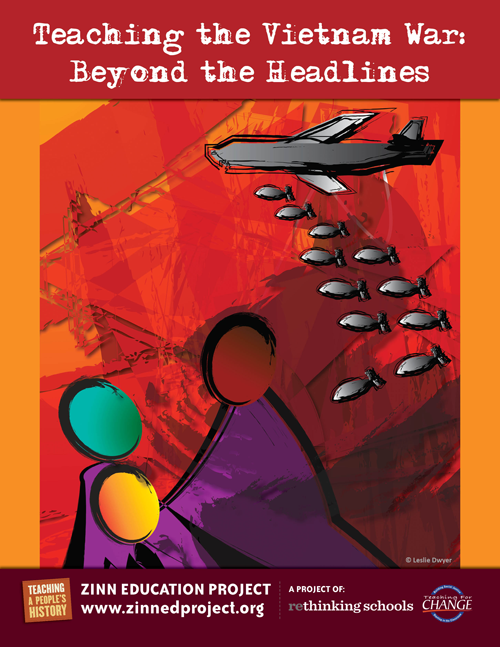
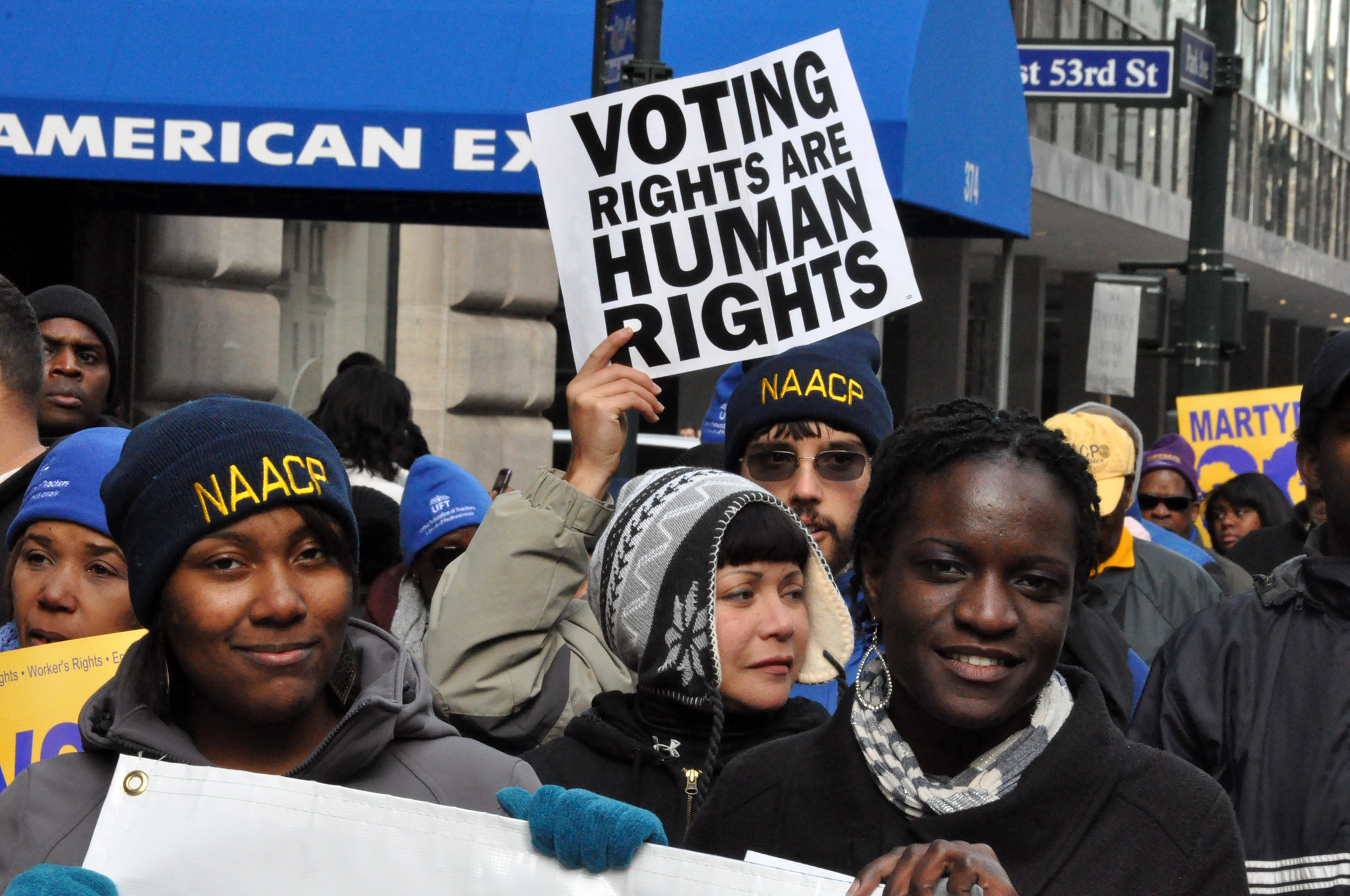
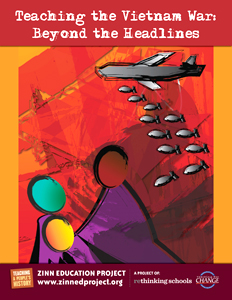
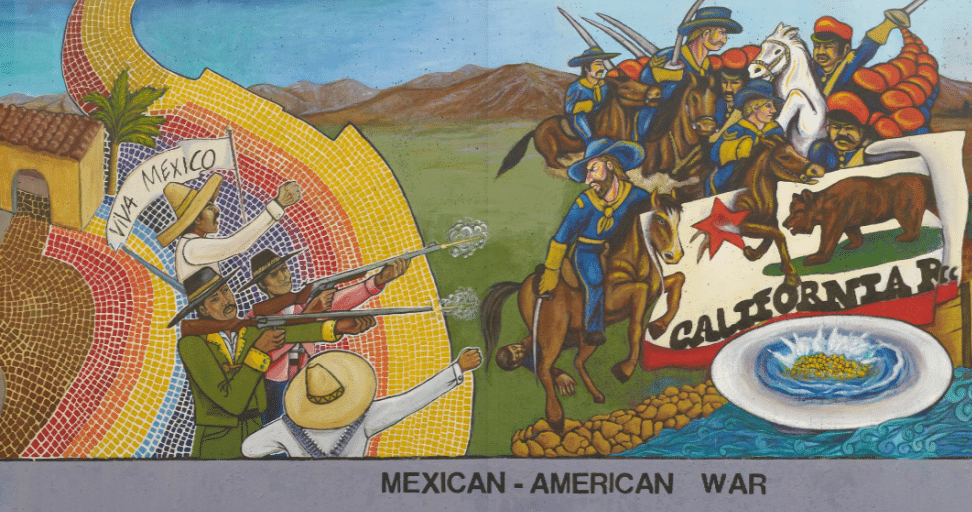
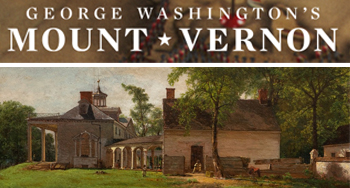
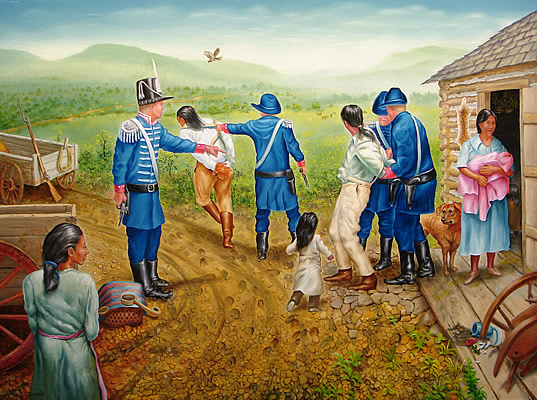
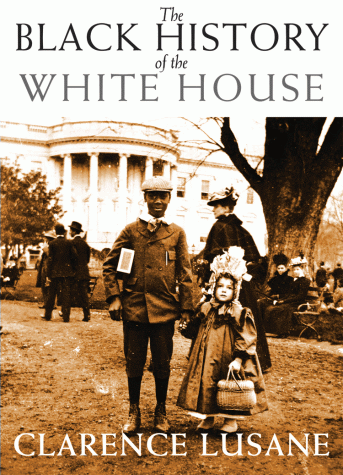
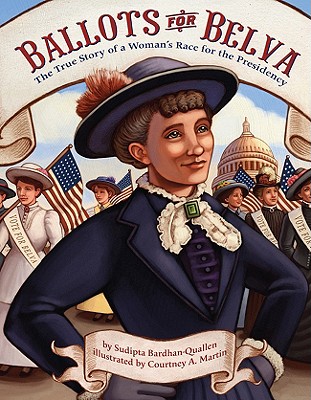
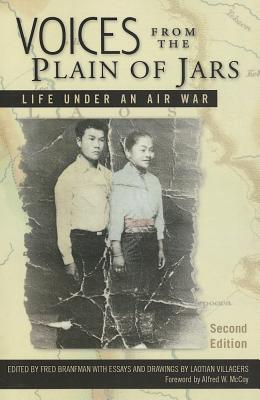

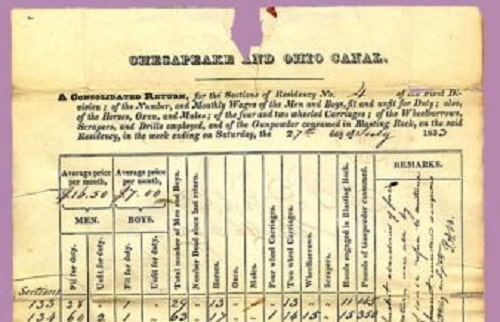
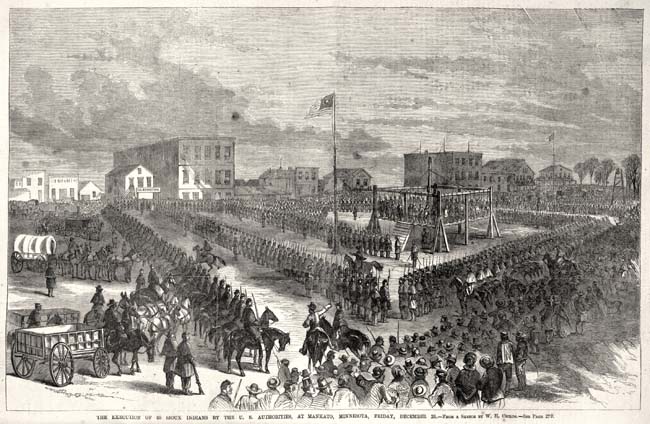
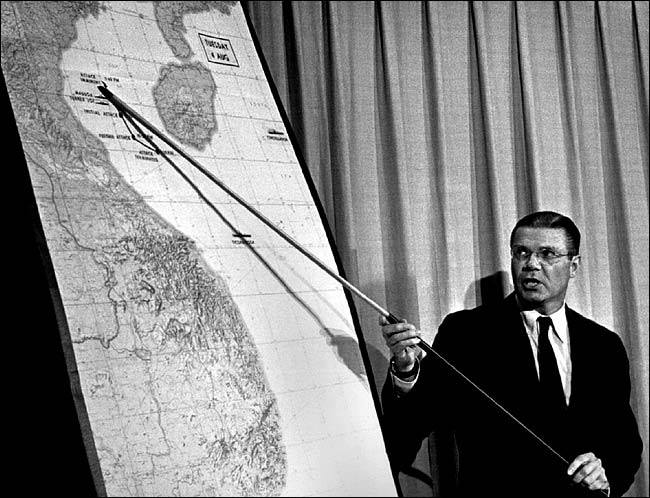
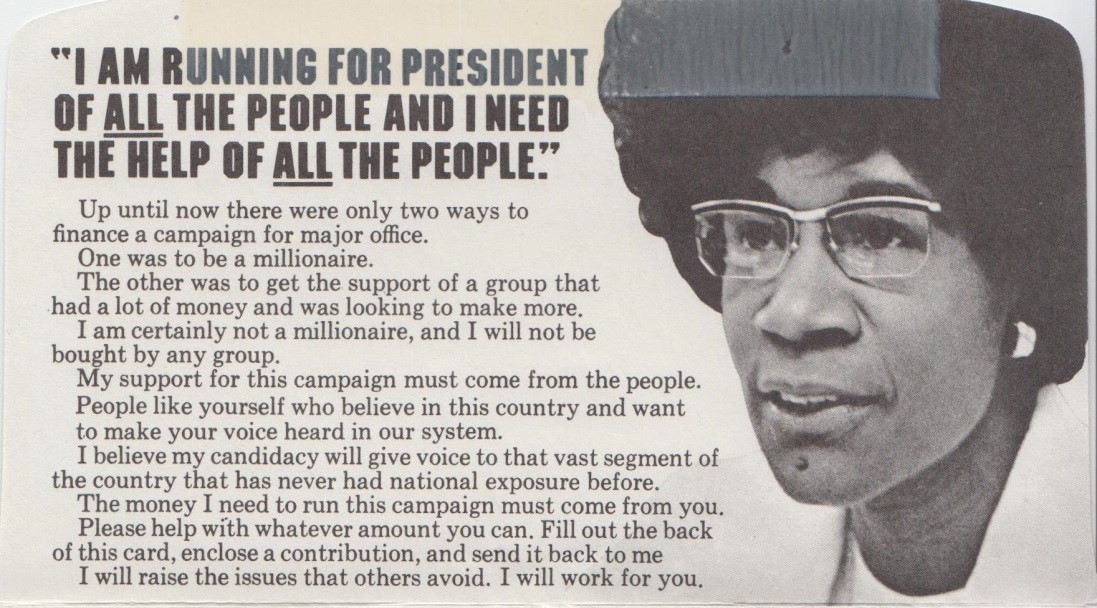
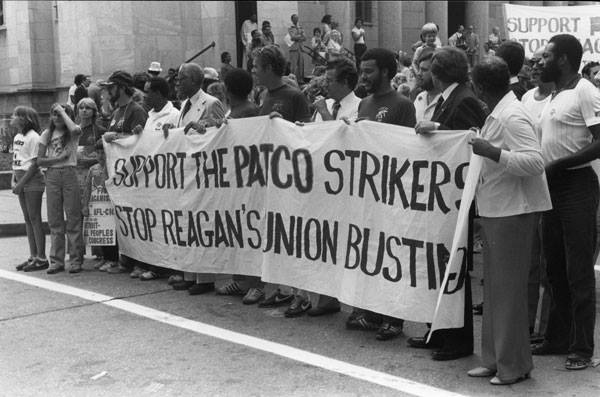





Twitter
Google plus
LinkedIn